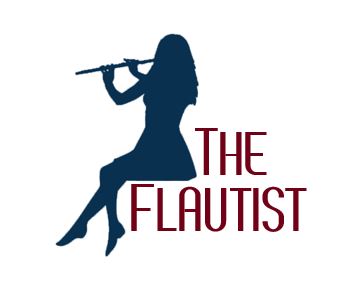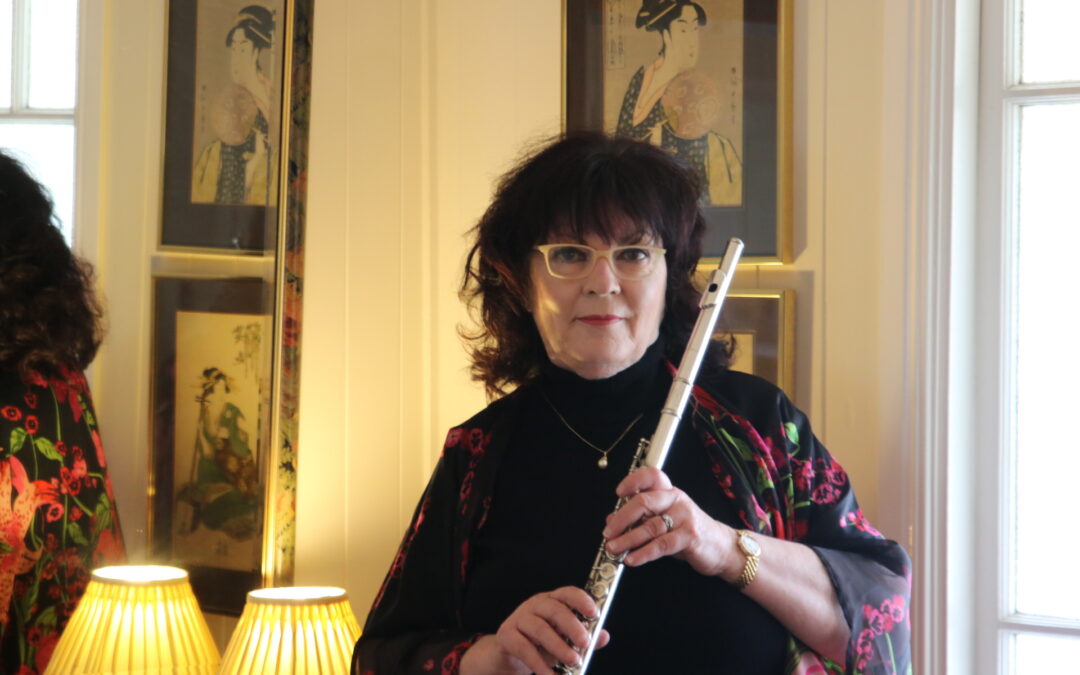What is colour on the flute? how do we get it?
Tone and tone colour are probably two of the most important aspects of flute playing and interpretation. This is how we engage with the listener, impart emotion, and tell the story of what we are playing. We pay homage to the composer with both of these.
There are various forms and ways of getting tone colour.
1.Harmonics -this is the most obvious way to get richness into the tone. The more harmonics in the sound the richer the tone. Take some out and we can get an icy almost chilled colour. The fourth movement of the Reinecke flute sonata uses a full rich fire and brimstone tone so it is full of harmonics. The concluding love theme in the movement needs an open, sad and an almost exhausted colour because Undine’s love and hopes are over. Here we can take out some harmonics but still get a beautiful tone and reflect the mood needed.
What are harmonics you might say? They are the magical ingredients that make a beautiful tone. There is a great link that explains them in detail here:
What are harmonics?
What are harmonics you might say? They are the magical ingredients that make a beautiful tone. There is a great link that explains them in detail here:
A very simple way to look at them is they are like the ingredients in a delicious sauce we are making for a meal. If we put only two ingredients in the sauce will be dull and bland but if we get the balance of the ingredients right, it will be rich and delicious. This is what harmonics will do for a player.
Full article on tone here:
Here are examples of the Reinecke colour opportunities
This colour is leading up to the death kiss and needs to be dark and full of fury. Loads of fun here for the player.
Open tone colour reflecting love and also heartache at the same time. Difficult one to get here. The tone has to be beautiful but have an emptiness to it just like her heart had. This colour was difficult for me to achieve because the theme is the romance theme from the second movement but obviously with emptiness and a loss of love feeling. I achieved the colour through thought. As I was playing feeling her despair and intellectually thinking about the harmonics needed at the same time.
2. Recognising keys- this is the second way. Each key has its own character and colour. By recognising what key, we are in and changing with those colours we get automatic colour in our playing. Major happy, minor sad, whole tone open {impressionist composers} and chromatic close and dark at times. Within those parameters are differences of the individual keys.
Baroque music is the best place to practice this recognition. J.S.Bach especially.
Jean-Pierre Rampal
One of the best examples of colour.
Stephen Preston
William Bennett
Marcel Moyse
- We can get colours by looking deep into the music and feeling what the composer is saying musically. A couple examples of this are Pan from the Jouers Flute by Albert Roussel and the Undine Sonata by Carl Reinecke. There are obvious submerged water sections in both pieces. If the player is aware they can submerge themselves with the piano part to get an underwater feeling.
With the Reinecke it is a wonderful opportunity in this section to have Undine underwater, then swirling and rising up from the ocean {in the book it is a fountain} in fury and heartache at being betrayed, her heart broken. I really got right under the phrasing as she was rising up out of the water and made it rise with a deep tone and passion. Fabulous section this, could play it all day.
These are just a couple of examples and how I get colours through various means including storytelling. The story is mine and it works for me, it doesn’t mean that it has to be followed or is right. The point is to encourage the player to find their own story and path to colour. This is your unique voice. No one else has your story nor do they have your vocal voice.
This is the full performance of Pan by Eileen Gilligan.
There is a blog on storytelling on the website. The examples given are full of colour and colour changes. The Schumann Romance has a dark emotional B section. Earth is full of colours relating to nature and its forces. Lensky’s Aria, also a great colour opportunity. The grief, fear and emotion of the moment are all in the performance.
All colours are all derived from my story.
Story Telling in a Flute Performance
With any piece there will be many opportunities for colour and expression. It is up to us to look, listen, think and find them.
4. Visualisation. Some repertoire for me doesn’t have so much of a story but a feeling. A visual of the mood can help with colour. The Divertissement by Philippe Gaubert is an example of this. From the very first play through I saw and felt gold dust sparkling and falling. This led to my colour and light approach to the interpretation. Everyone will have their own visual of a piece, what they see and feel. This was mine. It makes my interpretation unique to me. Exploring visualisation can help players and teachers with explaining and looking for colours in playing and interpretation.
5. The last place is our own natural music instinct that is deep within ourselves. I get colours often naturally because I have a vocal approach to playing and this facilitates my natural musical expression and instinct to delivering colours automatically. There are some blogs I have written on a vocal approach and vocalisation. See link below.
Vocalisations: A great Warm Up Tool
It is so much easier to get them when the flute and the player are joined as one.
Colours are always there we just have to listen, imagine, be passionate and respectful to the composer and they will find us.


Recent Comments